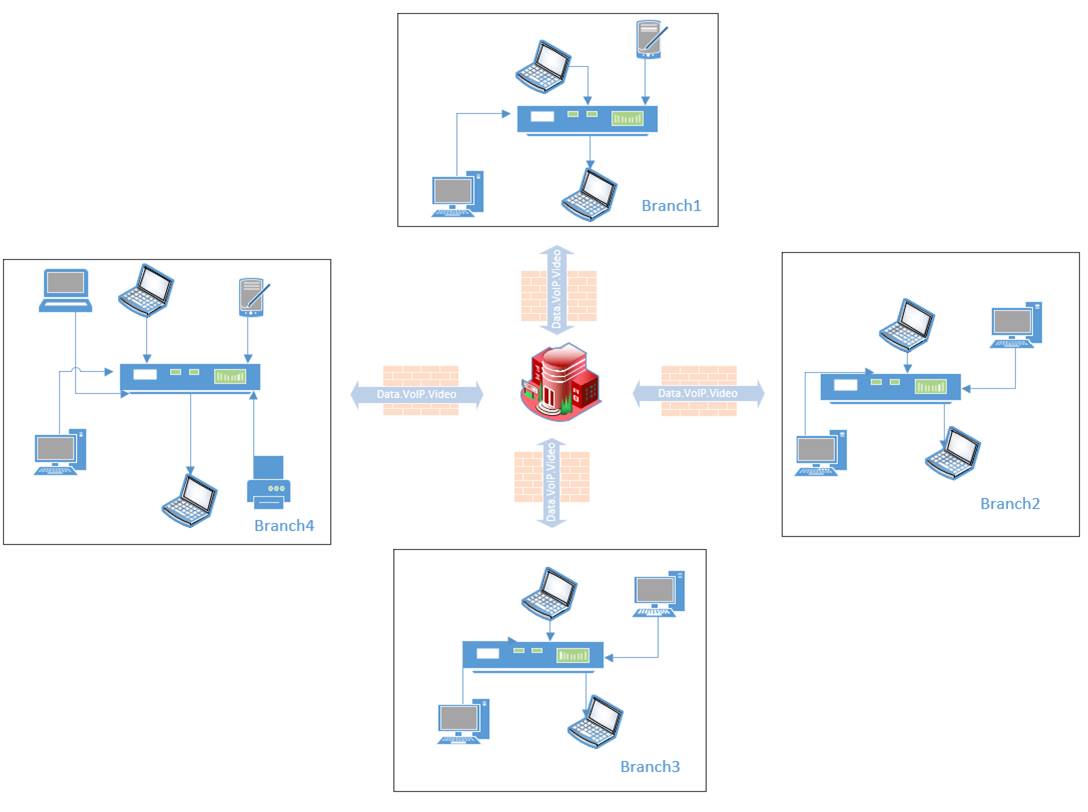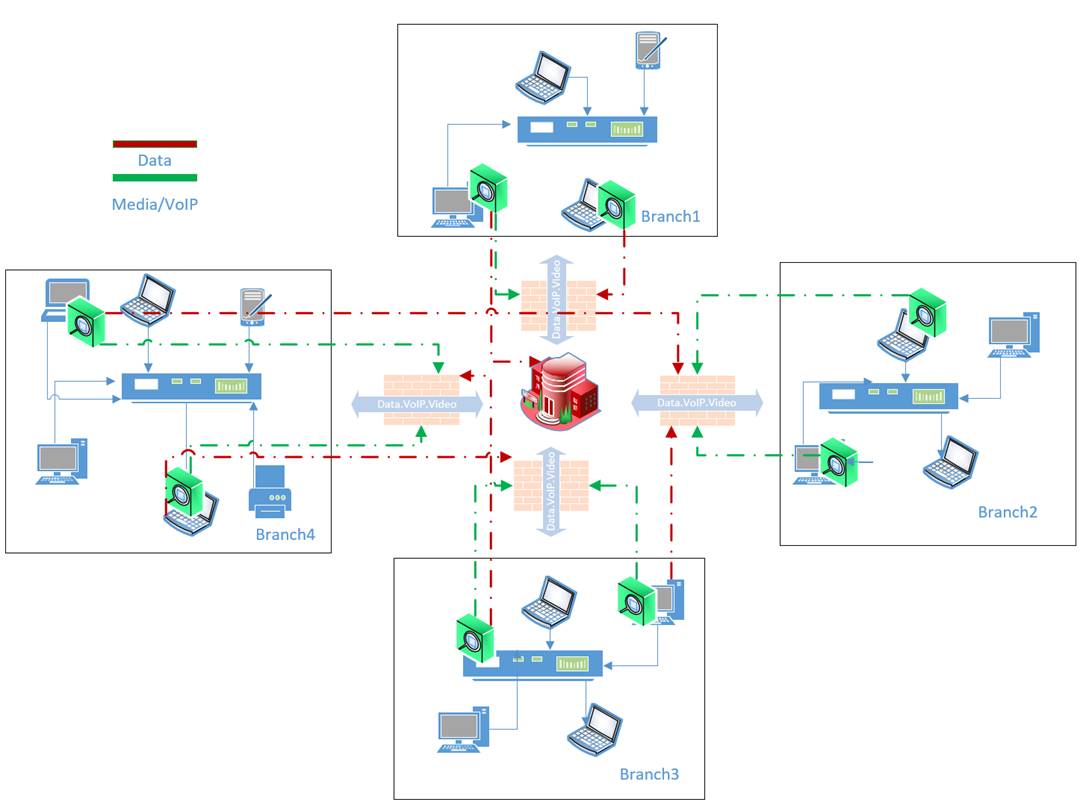The value of a network test and the benefits it delivers to the business is entirely dependent on the test process itself and how it is conducted. Essentially, a weak test has less value than a strong test.
Consider for a moment buying a new car, how should you test the car? In particular consider the brakes. Should the buyer accept that stopping at a red light is a good enough test. One important factor to the brakes test is the speed of the car when the brakes were applied. What if the car was travelling at 20 mph in slow moving traffic versus going 60 mph on a multi-lane highway. There is clearly a difference, and the stopping distance is a crucial measurement factor. If you are concerned about stopping distance is there a difference between 80 mph versus 60 mph? What about weight? Say 4 passengers versus 1 passenger. The question being, should a car buyer test the cars stopping distance and its ability to steer while under harsh braking. Few car buyers conduct such brake tests despite knowing that doing so can avert an accident.
Behavioral testing for networks is similar to behavioral testing for cars. Simply put, how does the entire network behave under specific payload test conditions. These test conditions must comprise volume of data as well as type of data along with the remote distribution of the data. Volume and type is straightforward, for example a 20 concurrent call G711 VoIP call, essentially a single connection test. However, adding distribution into the equation complicates the process by many orders of magnitude depending on the scale of the network.
The task of distributing and coordinating a test process that is required to generate a 20 concurrent call test from 500 branch office locations in 20 cities across five countries is a significant challenge. Regardless of the challenge, global network testing is important because it provides the vehicle by which the network architects can validate exactly how the network delivers to the business under different payload conditions. For example, rather than initiating a 20 concurrent call test to validate call quality where the coexisting network traffic is undefined and unknown, is it more valuable to be able to conduct a 20 concurrent call test while it is coexisting with a well-defined data payload or even multiple data payloads. The latter approach, like the car braking example, allows the VoIP quality to be validated under very precise demand scenarios by incorporating distribution, contention and the coexistence of competing traffic.

The core purpose of the MCS behavioral test architecture is to allow the architect of the test to design and initiate a coordinated payload across any size of network, globally. This can be as simple as synchronizing 100 desktop computers to initiate a 100 Gbps payload to validate a 10 Gbps (ten) pipe on a high school campus. In other words the test will expose how well a 10 Gbps pipe accommodates a payload demand that exceeds the pipe capacity 10 fold. Running a test that where the two ends are connected on the same bandwidth will be unlikely to expose failure of capacity.
The diagram above shows a typical corporate network with 4 branch offices. The business naturally expects (wants) the global network to deliver a good user experience for VoIP and other collaboration solutions even while coexisting with all the existing data processing applications. How does the business test this network in a way that validates capacity for the core applications while also confirming that time dependent data essential for collaboration and VoIP solutions does not fail.
The MCS behavioral test framework will automatically distribute and synchronize complex test work-orders across any size of network (see diagram below). Distributed work-orders are centrally managed specifically to apply a synchronized network payload to, 1. Accurately measure and report the result achieved for the test while, 2. Allowing the network designers to observe how the policies and provisioning rules react to the demand when the test is running. Allowing the test to operate in a strict managed approach enables the network configuration to be optimized for the data demand. The simplicity of the MCS test and distribution management process allows the benefits of network changes to deliver a 'proven' result through before and after baseline comparisons. The behavioral management process accommodates both inclusive alignment as well as exclusive alignment. As an example a capacity test can be configured to not coexist whereas user experience data tests will be permitted.

The reason for the test must have purpose and the expected outcome of a test should be well defined before a test is run. The purpose must be to discover what fails and more importantly expose the reason(s). Ensuring that students can always take exams and streaming collaboration applications continue to work define the essential business goals? The value of any test is the precision and scope of test process itself, in short if you deem car brakes are important to you then 'do an emergency stop' test.